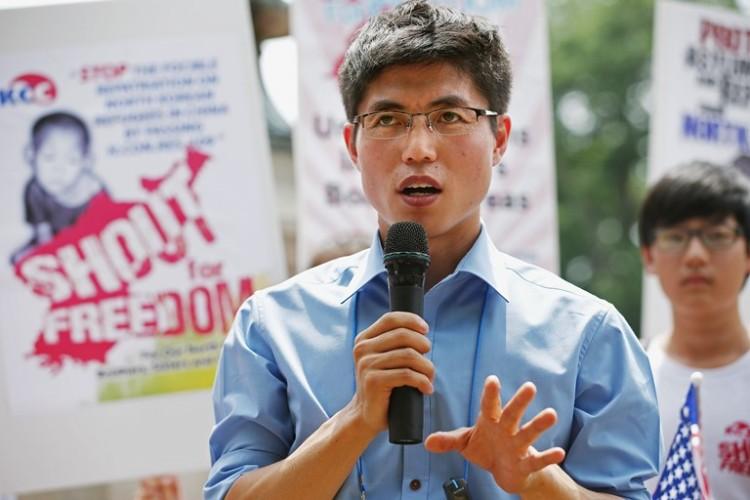WASHINGTON—North Korea has long been a pariah state with its internment camps and social stratification system. Despite its secrecy and isolation, the “hermit” kingdom has always been watched and analyzed by human rights organizations. In recent years, the wall of secrecy has been breached.
With the aid of satellite imagery and interviews with thousands of North Korean defectors, steady progress is being made in collecting data on the crimes of the state against its people—data that could be used in future trials, say human rights advocates.
The regime denies any human rights issues exist. “The so-called political prisoner’s camps do not exist,” a representative of the Democratic People’s Republic of Korea (DPRK or North Korea) told the U.N. Human Rights Council on Dec. 9, 2009, as cited in the “Hidden Gulag” by David Hawk.
Amnesty International estimates that between 150,000 and 200,000 political prisoners are incarcerated in North Korea. Some 23,000 North Koreans who have taken refuge in South Korea give testimony that severe human rights violations in North Korea are ongoing.






